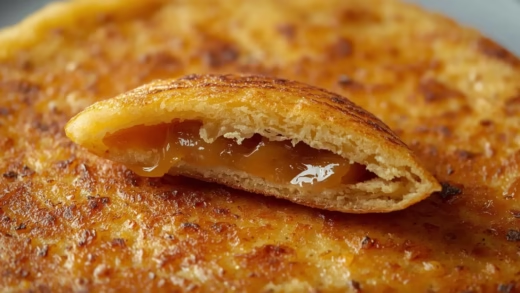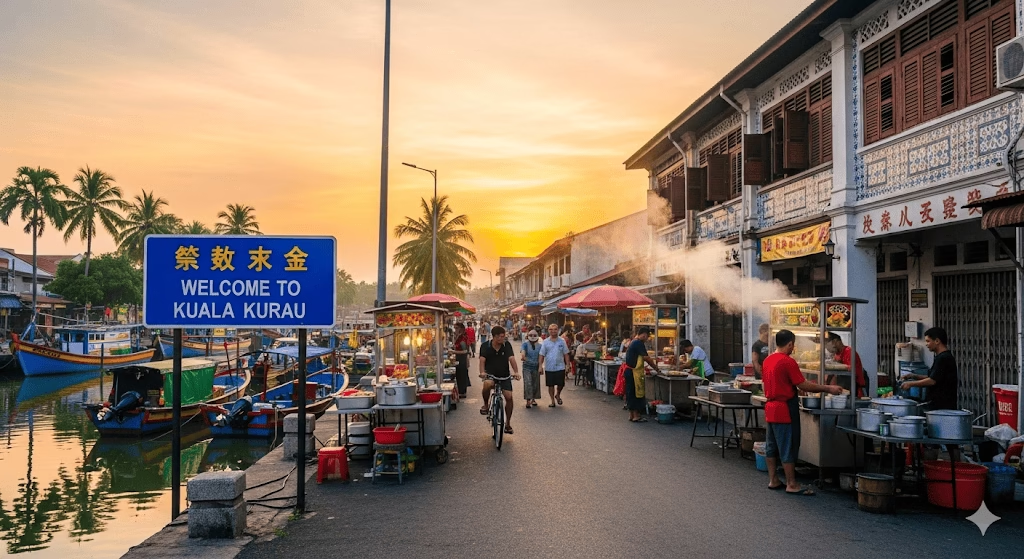Masjid Tuanku Mizan Zainal Abidin Putrajaya – The Iconic Steel Mosque of Malaysia
Overview
The Masjid Tuanku Mizan Zainal Abidin, famously known as the Steel Mosque, is one of Malaysia’s most remarkable modern Islamic landmarks. Located in Presint 3, Putrajaya, this mosque is celebrated for its stunning architecture, innovative use of stainless steel, and eco-friendly design. Overlooking the scenic Putrajaya Lake, it stands as a symbol of strength, serenity, and sustainability — making it a must-visit attraction in Malaysia’s administrative capital.
History and Background
The mosque was named in honour of Al-Wathiqu Billah Tuanku Mizan Zainal Abidin Ibni Al-Marhum Sultan Mahmud Al-Muktafi Billah Shah, the 13th Yang di-Pertuan Agong (King of Malaysia). Construction began in April 2004 and was completed in August 2009, officially opening as Putrajaya’s second principal mosque after the famous Putra Mosque.
Designed to accommodate up to 20,000 worshippers, Masjid Tuanku Mizan Zainal Abidin was constructed using 6,000 tonnes of reinforced stainless steel, accounting for 70% of its structure. This unique feature earned it the nickname “The Steel Mosque.”
Architectural Design and Structure
Unlike many traditional mosques that draw inspiration from Middle Eastern designs, Masjid Tuanku Mizan Zainal Abidin embraces a blend of Chinese and German architectural influences. Its design philosophy emphasizes openness, light, and air flow, creating a tranquil space for spiritual reflection.
Key Architectural Features
- Stainless Steel Structure: The mosque’s exterior and interior utilize stainless steel for durability, elegance, and modern aesthetics.
- Qibla Walk: A pedestrian walkway connecting the mosque to the Putrajaya Corporation Complex, offering a scenic route for visitors.
- Lattice Steel Screens: Replace traditional walls, promoting natural ventilation and light diffusion.
- Gas District Cooling System: Maintains a comfortable temperature without air conditioners.
- German Glass Panels: Thirteen-metre-tall panels engraved with Qur’anic verses create the illusion of floating calligraphy within the prayer hall.
- Absence of Minaret: A bold architectural decision symbolizing modern Islamic identity and structural purity.
The mosque’s pointed arches, steel mesh screens, and open concept reflect the beauty of Islamic geometry while incorporating innovative engineering. The qibla wall, facing the lake, is made of anti-reflective glass inscribed with Nasakh calligraphy, allowing natural light to flow in gracefully.
Awards and Recognition
Masjid Tuanku Mizan Zainal Abidin has earned multiple awards for its architectural excellence and innovation, including:
- Malaysian Institute of Architects (PAM) Steel Award 2011 – Interior Category
- Schott Architectural Glass Award 2006
These accolades recognize the mosque’s exceptional combination of spiritual space and sustainable design.
The Spiritual and Environmental Experience
Stepping into the mosque, visitors experience a sense of serenity and humility inspired by its vast interior and harmonious integration with nature. The natural light, cool airflow, and marble flooring create a peaceful environment ideal for prayer and reflection.
The mosque’s eco-conscious architecture eliminates the need for artificial lighting and mechanical ventilation during the day. Its steel mesh screens filter daylight and protect the interior from rain and direct sunlight — a perfect balance between modern technology and environmental awareness.
Visitor Information
Location:
Masjid Tuanku Mizan Zainal Abidin,
Jalan Tuanku Abdul Rahman, Presint 3, Putrajaya, Malaysia
Opening Hours:
Open daily for visitors and worshippers (subject to prayer times).
Capacity:
Approximately 20,000 worshippers
Year Completed:
2009
Architectural Style:
Modern Islamic architecture with Chinese and German design influences
Main Material:
Reinforced stainless steel (70% of total structure)
Nearby Attractions
When visiting Masjid Tuanku Mizan Zainal Abidin, explore other nearby attractions in Putrajaya:
- Putra Mosque (Masjid Putra) – The city’s pink-domed main mosque
- Putrajaya Lake – Perfect for scenic walks and photography
- Perdana Putra (Prime Minister’s Office) – An architectural marvel nearby
- Putrajaya Botanical Garden – A relaxing nature escape within the city
Conclusion
The Masjid Tuanku Mizan Zainal Abidin stands as a remarkable blend of faith, architecture, and sustainability. Known worldwide as The Steel Mosque, it is not only a place of worship but also an architectural icon that represents Malaysia’s vision for a modern yet spiritually rooted future. For anyone visiting Putrajaya, this mosque offers an unforgettable experience of beauty, tranquility, and innovation.















Comments are closed.